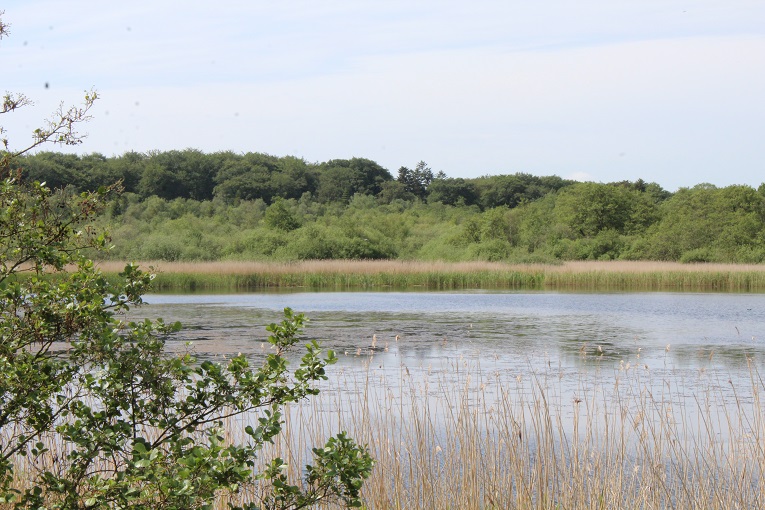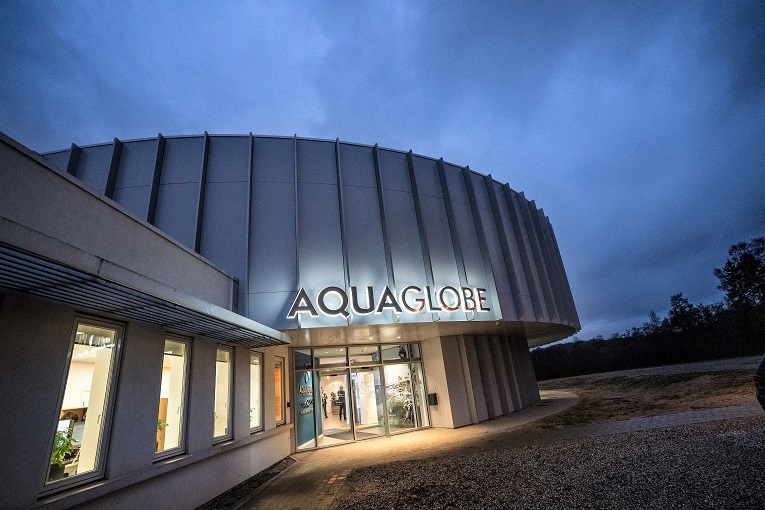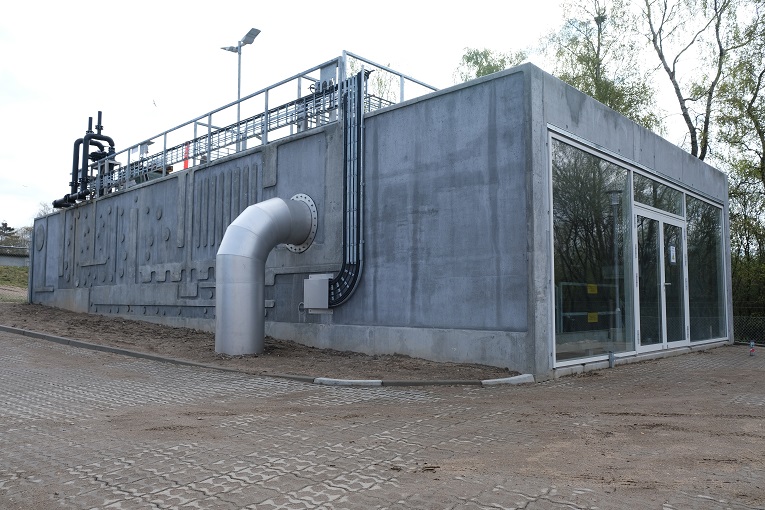


When a Danish town looked to upgrade its wastewater treatment plant, a solution was found in the Densadeg XRC* Extreme-rate Clarifier from SUEZ. This provided CSO treatment capacity and reduced phosphorus discharging into the local lakes and waterways.
The Danish town of Skanderborg is situated on the north and northeastern banks of Skanderborg Lake in the Lake District of Central Jutland. In this water-rich region of Denmark, clean and safe recreational waters is a high priority and crucial for sustaining tourism.
Over time, as Skanderborg has grown and developed, the region has faced increased flooding and water quality threats. Urbanization and an expanding sewer network also stretched the capacity of the the Skanderborg wastewater treatment plant.
As a result, extreme rain events or surges in loading to the treatment plant, such as during the annual Skanderborg Festival, could overwhelm the plant’s main treatment line, causing combined sewer overflows (CSOs), untreated wastewater releases, and nutrient discharges to local water resources.
Quality degradation To address water quality degradation in the area, the publicly owned Skanderborg Water and Wastewater Utility has launched several projects to protect surface waters and mitigate impacts to the local aquatic environment. These projects included efforts to protect Skanderborg Lake and nearby Svanesø Lake, the latter was formerly one of Denmark’s most polluted lakes.
In 2009, Skanderborg Utility initiated a project in partnership with other organizations to clean Svanesø Lake, which improved water quality and helped to restore the lake’s ecosystem. However, both Svanesø and Skanderborg lakes remained vulnerable to wastewater overflows and phosphorus pollution.
This became a bigger problem in more recent years as the Skanderborg region began to experience higher rainfall and more extreme rain events. In recent years, overloading to the treatment plant resulted in 10-15 CSO events per year. In years with heavy rainfall, as much as 30 kg of phosphorus could discharge into Svanesø Lake. To prevent unsanitary wastewater discharges and protect the region’s lakes, waterways, and ecosystems from phosphorus pollution into the future, Skanderborg Utility turned its focus to upgrading its wastewater treatment plant.
A best-fit solution Previously, the Skanderborg wastewater treatment plant incorporated a sand filter tertiary treatment system that was outdated and overloaded. Lacking enough capacity, the sand filters had become the bottleneck of the existing treatment line during peak loads. A replacement technology for tertiary treatment would need to both increase the hydraulic capacity of the treatment line to prevent CSOs and optimize tertiary phosphorus removal.
But in adopting a new technology, Skanderborg Utility had to account for a crucial, site-specific challenge: limited space. The area around the treatment plant had become built out as Skanderborg urbanized. The utility was therefore compelled to identify a viable replacement technology that could increase the hydraulic capacity of the treatment plant within the existing footprint. Otherwise, the treatment plant would have to be moved to a new location.
Local resource access Fortunately, Skanderborg Utility had direct access to a local resource and hub for water technology innovation and knowledge. Located onsite at the utility’s headquarters in Skanderborg is AquaGlobe, which is a visitor and dissemination center for water technology solutions.
Founded as a public-private partnership between locally based water sector companies, AquaGlobe acts as a focal point for testing water technologies and strives to connect the most innovative and ambitious actors in the water sector to provide solutions for helping solve global water challenges.Through the AquaGlobe partnership, Skanderborg Utility evaluated and compared a range of treatments to determine the most fitting technology to address their unique requirements.
This vetting process revealed the performance and combined benefits of the Densadeg XRC* Extreme-rate Clarifier from SUEZ. In selecting the solution, the first global technology reference of the Densadeg XRC, Skanderborg Utility will provide CSO treatment capacity at their plant and significantly reduce phosphorus loading to the surrounding lakes and waterways.
Rapid treatment The Densadeg XRC combines solids contact, ballast addition and solids recirculation to promote enhanced, high rate solids settling and rapid treatment. By boosting the rate of treatment, the Skanderborg Utility found a way to increase the plant’s capacity without expanding its facilitiens.
The treatment process utilizes polymer and iron chloride, which bind to phosphorus and organic substances. Then, high-density garnet is added to facilitate a high degree of aggregates settling. Using this heavy ballast material ensures that the separation moves fast; the garnet settles rapidly, and phosphorus is precipitated much quicker, allowing the Densadeg XRC to handle a high throughput in a compact footprint. After settling, the aggregates are separated from clean water through a lamellar clarifier.
Two modes of operation The Densadeg XRC installation is equipped with two functional modes of operation, giving the Skanderborg Utility the flexibility to respond to large hydraulic variations by shifting from a normal tertiary mode of treatment to one that is engineered for CSO events.
The previous, single treatment line incorporating sand filters was designed with a hydraulic capacity of 1000 m3/hour. With the upgraded solution, the hydraulic capacity during normal operation is boosted to 1,250 m3/hour, the Densadeg XRC functioning as the last treatment step for removing phosphorus.
During a CSO scenario, the Skanderborg Utility can switch to an alternative mode of operation where the Densadeg XRC functions exclusively for treating CSO water, which previously would have bypassed the wastewater plant without treatment.
The line treating CSO water is designed with a hydraulic capacity up to 1,500 m3/hour. When this mode of treatment is triggered, the main treatment line will still be active treating normal flow at a hydraulic capacity up to 1,250 m3/hour, but without the tertiary Densadeg XRC step.
Improved operation The plant’s normal tertiary treatment mode for post-polishing wastewater will allow the Skanderborg Utility to meet stricter phosphorus removal requirements in Skanderborg and Svanesø lakes in the future. Following the plant’s commissioning in March 2020, initial results have shown an improvement in phosphorus reductions. The plant is expected to reduce phosphorus discharge to Skanderborg Lake by 30% and Svanesø Lake by 90%.
Replacing sand filters with the Densadeg XRC is also expected to significantly improve the overall energy efficiency of the plant. Additionally, the Densadeg XRC technology will play a major role in the journey towards more intelligent control of the treatment processes by allowing a shorter path between measurement and chemical dosing.
*Trademark of SUEZ; may be registered in one or more countries.




